In November 1916, while exploring the Bahoruco mountain range located in the southwestern region of the Dominican Republic, a priest named Miguel Fuertes Loren and a French geologist stumbled upon a blue-green stone known as the "blue stone" by the local residents.
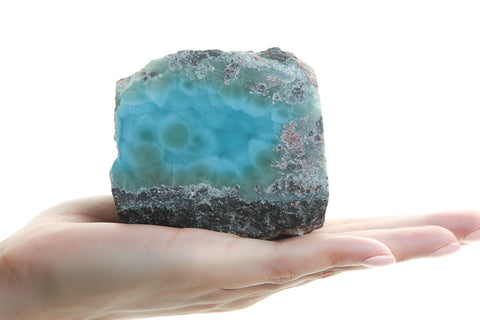
A bit of History
Several years after the initial discovery, the unique blue pectolite was rediscovered by Miguel Mendez in 1974. He named the stone Larimar, which is a combination of his daughter's name, Larissa, and "mar," which means sea in Spanish.
Over time, this gemstone became one of the most significant commercial geologic discoveries in the Dominican Republic.
In the 1980s, newly trained Dominican artisans started creating Larimar jewelry with simple designs. This included Larimar bracelets, rings, pendants, earrings, and necklaces that were available in local gift shops and offered to tourists visiting the Dominican Republic.
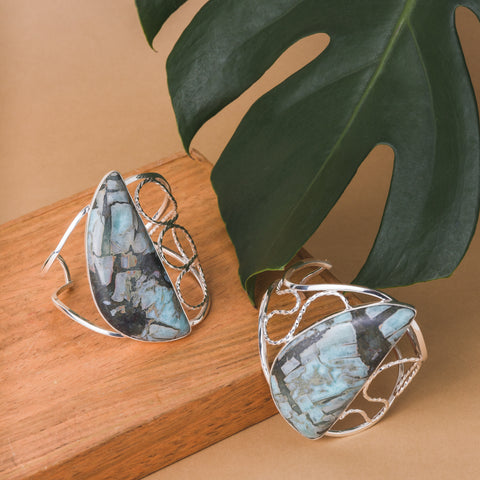
But a stone like this can't go unnoticed
The beauty of this rare blue stone, with its diverse range of light to deep blue shades and white or gray accents, quickly made Larimar jewelry a popular item beyond the Dominican Republic. As demand grew, foreign businessmen flocked to the country to purchase rough Larimar stones, slabs, and cabochons directly from the mines.
This led to the creation of new and diverse Larimar jewelry designs, which compete with the traditional handcrafted Dominican designs. Over time, more and more vendors have started offering mass-manufactured Larimar products, with the internet serving as the primary marketplace.
In recent years, buyers from China and India have become the largest consumers of raw Larimar stones, acquiring a mix of both high and low-quality stones. However, a significant percentage of the stones acquired are of low quality. As a result, low-quality Larimar is becoming more readily available, while high-quality Larimar is becoming scarce and increasingly expensive.

Initially, there were only 10 pits in the Larimar mines, but as demand from China and India grew, the number of pits increased to 46.
It is unclear how long the mines will continue to be productive. The supply of high-quality Larimar will become increasingly scarce over time. In 1992, the Mining Department of the Dominican Republic estimated a lifespan of 25 years for the Larimar mines.
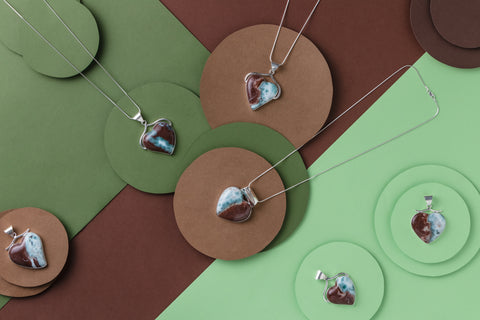
Larimar Specimens now the most wanted
Surprisingly, more and more intriguing specimens of Larimar are being discovered in these 100-meter deep pits, showcasing a mix of colors and materials such as pink, red, black volcanic residues, transparent and milky hues, and various shades of blue, forming unique patterns. These specimens have captured our imagination, inspiring us to create unique designs with them.
Today
Today, we are working with the Dominican authorities to regulate the export of Larimar from our country and to ensure the preservation of high-quality Larimar for our young artisans who rely on it for their livelihood.

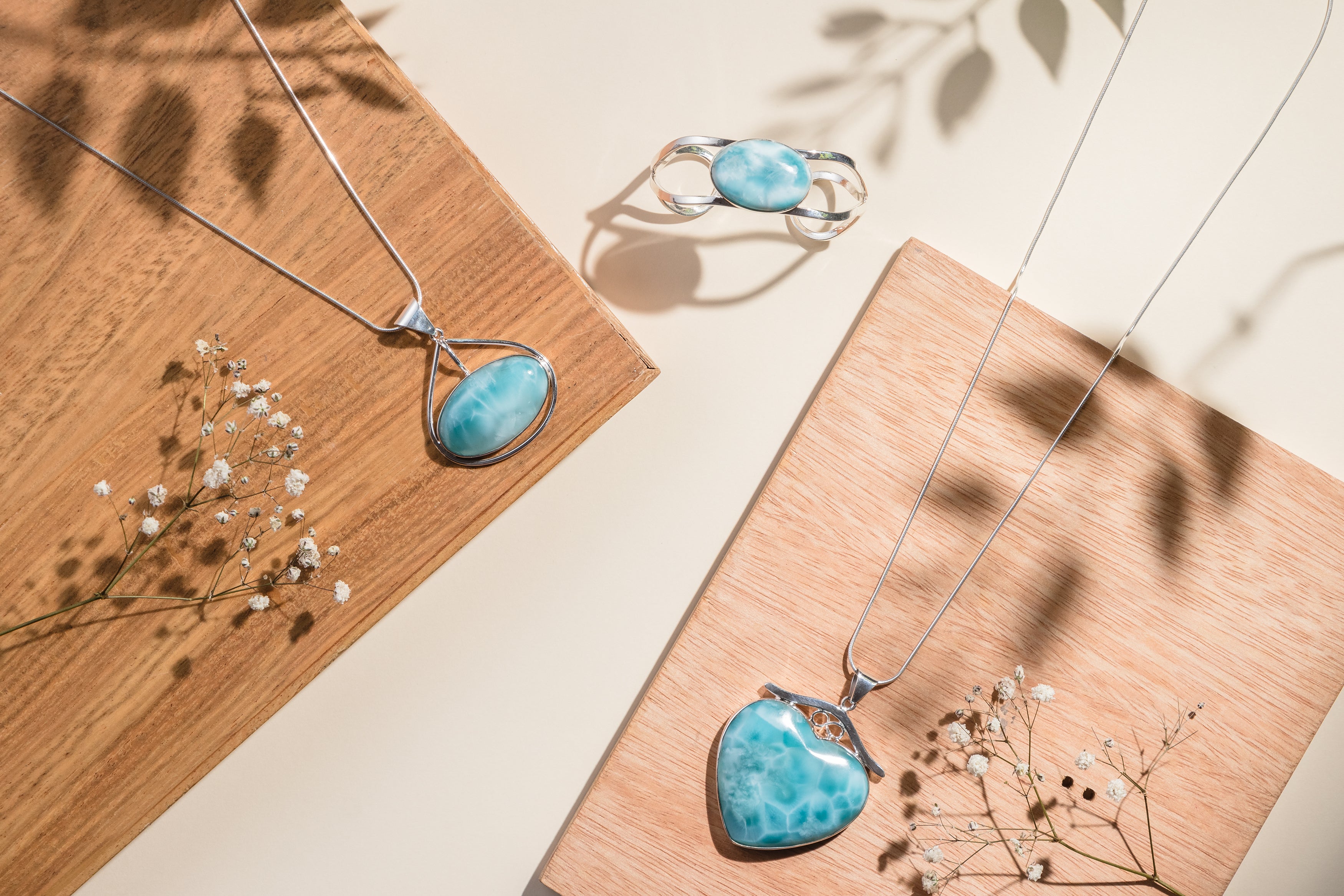
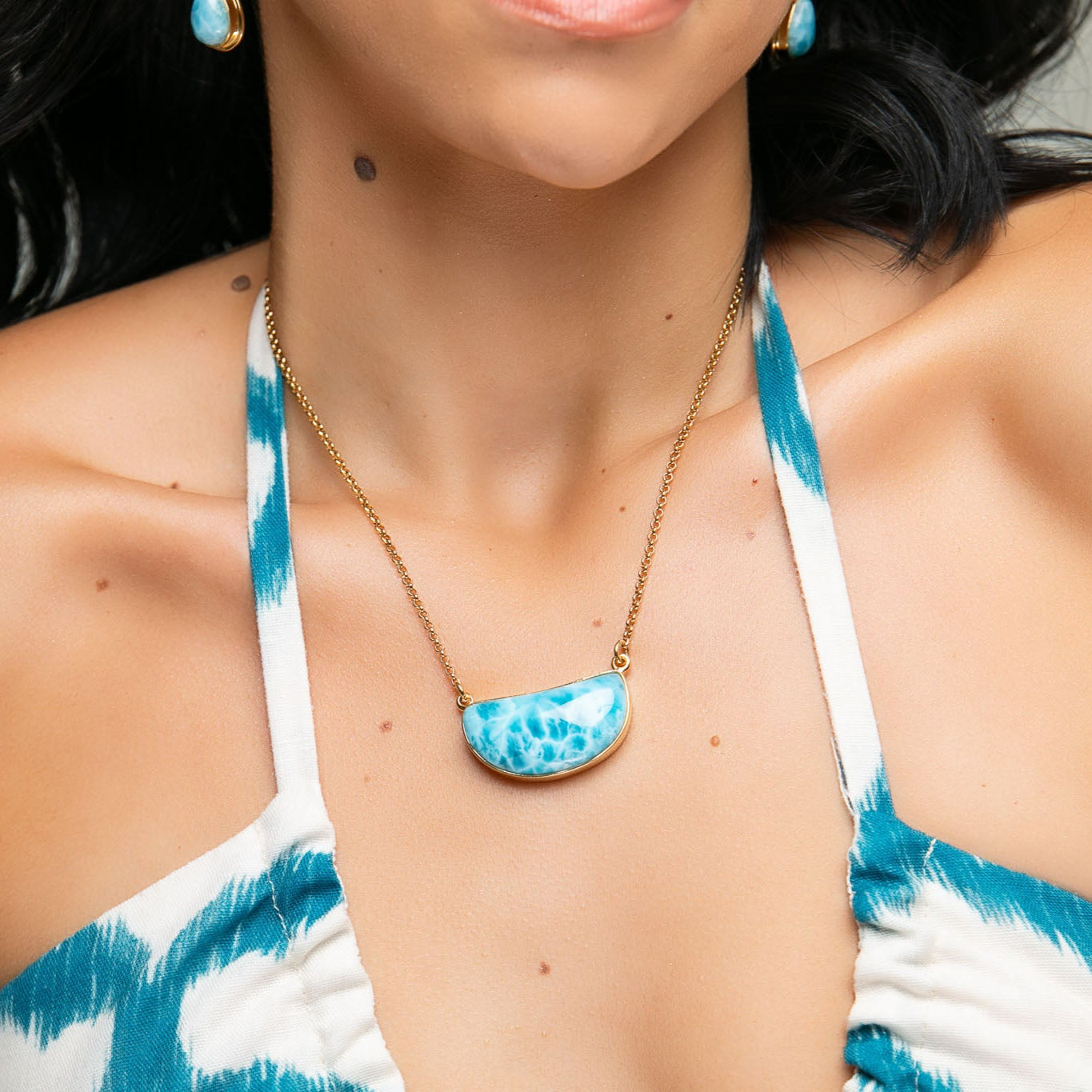

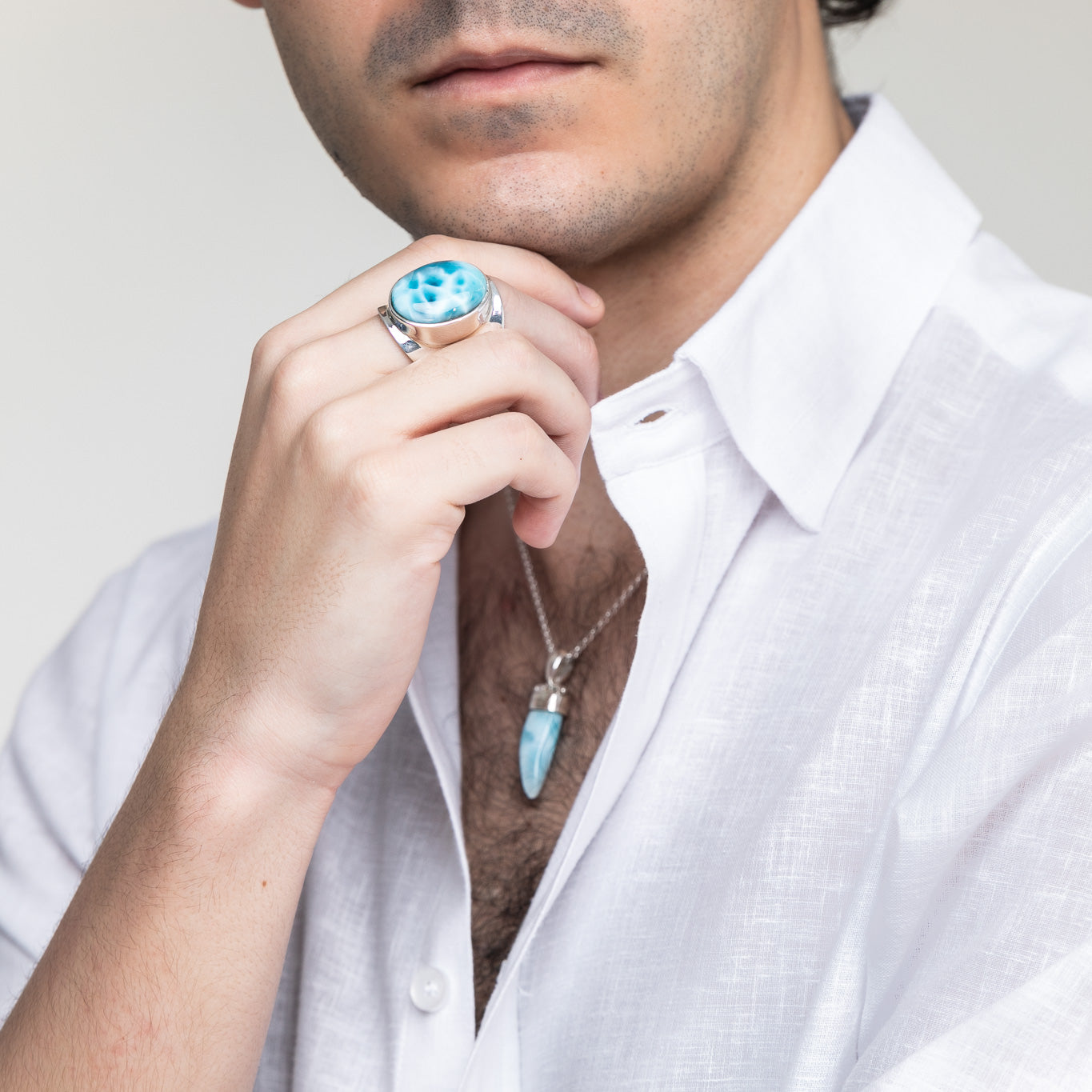
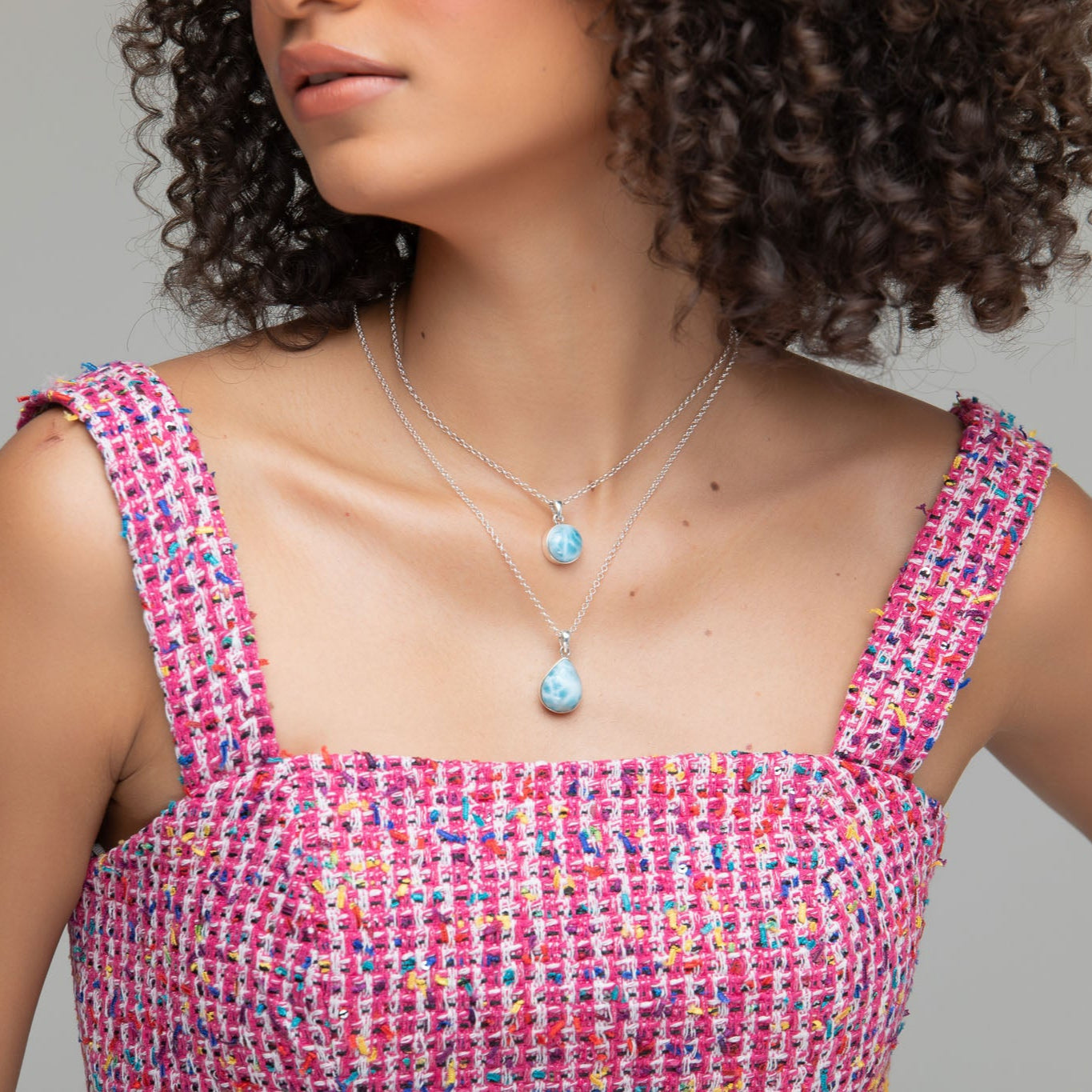
1 comment
Hello, is any of your pieces be at the Tucson gem show in 2024 in Tucson AZ?
Leave a comment